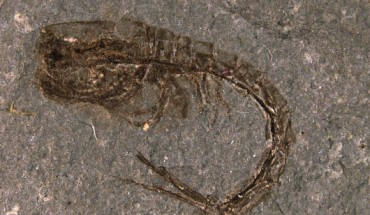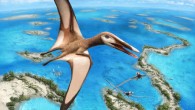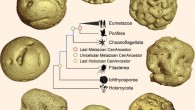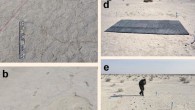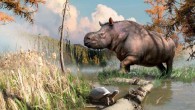A new species of comma shrimp that lived during the mid-Cretaceous period, between 95 and 90 million years ago, has been identified from well-preserved fossils found in Colombia. Named Eobodotria muisca, the ancient crustacean bridges an approximately 165-million-year gap in the fossil record of comma shrimps (order Cumacea). Eobodotria muisca bridges an approximately 165 million year gap in the cumacean fossil record. Image credit: Javier Luque. Comma...

